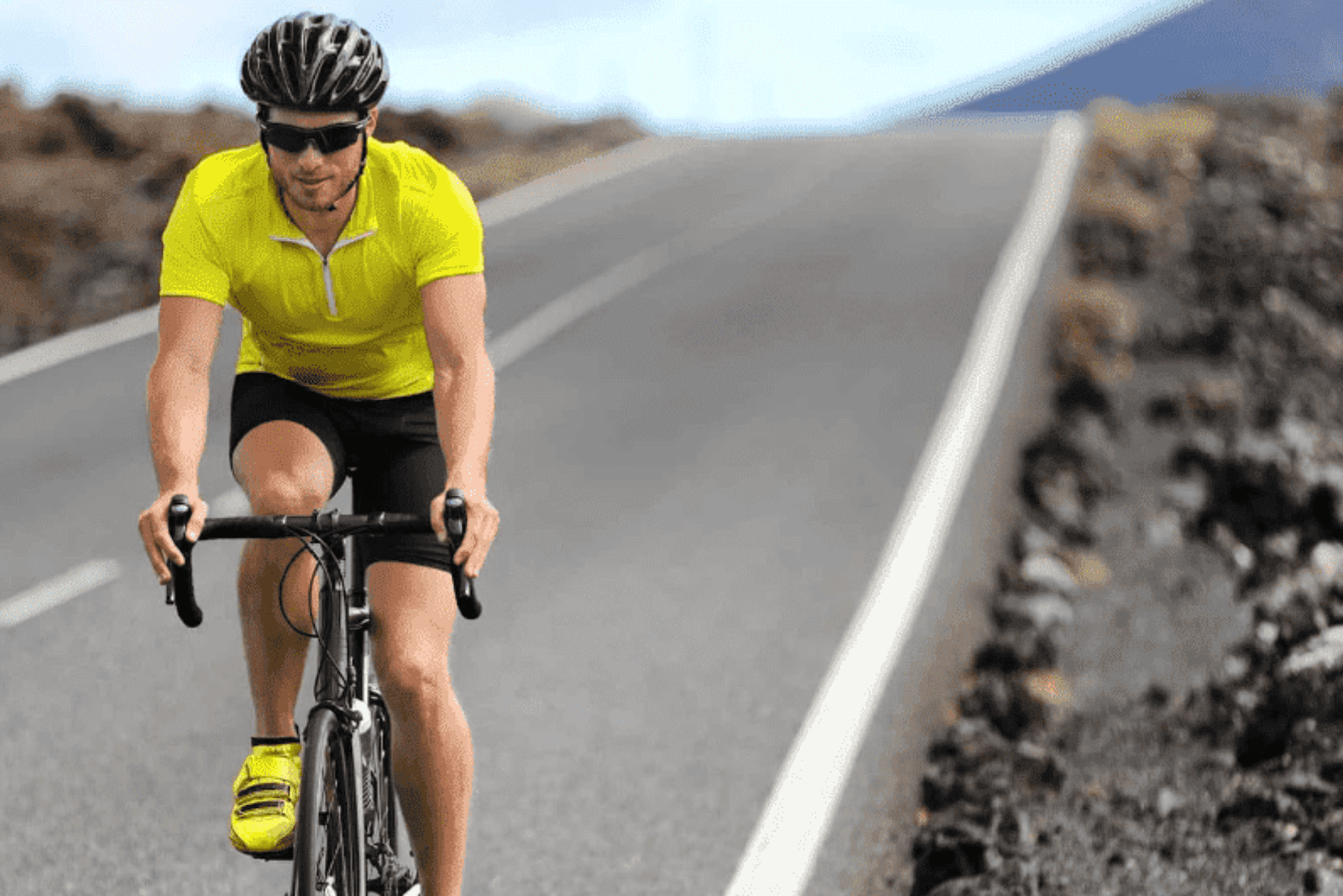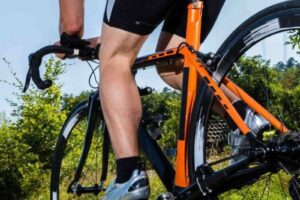Table of Contents
- Introduction
- Benefits of Cycling for Beginners
- Choosing the Right Bike
- Essential Cycling Gear and Equipment
- Safety Measures and Riding Techniques
- Building Strength and Endurance
- Maintaining and Caring for Your Bike
- Overcoming Common Challenges for Beginners
- Staying Motivated and Consistent
- Frequently Asked Questions (FAQs)
- Conclusion
Introduction
Purpose of the Blog
Welcome to our comprehensive guide on cycling for beginners. Whether you’re considering cycling for leisure, exercise, or commuting, this guide is designed to equip you with the knowledge and skills you need to start your cycling journey.
Importance of Cycling for Beginners
Cycling is a fantastic low-impact exercise that offers numerous physical and mental health benefits. It’s a sustainable mode of transportation and an enjoyable recreational activity. This guide will help you get started on the right pedal!
Engaging the Reader
Imagine the wind in your hair, the thrill of exploration, and the sense of accomplishment as you conquer new distances. This is the world of cycling, and it’s waiting for you. Let’s embark on this adventure together!
Benefits of Cycling for Beginners
Physical Health Benefits
Cardiovascular Health
Cycling gets your heart pumping, improving circulation and strengthening your heart muscle. This reduces the risk of heart diseases and keeps your cardiovascular system in top shape.
Weight Management
Regular cycling helps burn calories, making it an effective tool for weight control. It boosts your metabolism, making it easier to maintain a healthy weight.
Joint-Friendly Exercise
Unlike high-impact sports, cycling is gentle on your joints. It’s an excellent option for those with joint conditions or arthritis, providing a full-body workout without stressing the joints.
Mental Health Benefits
Stress Reduction
The rhythmic motion of pedaling and the immersion in nature can significantly reduce stress levels. Cycling releases endorphins, which are natural mood lifters.
Improved Mood and Mental Clarity
Regular cycling has been linked to improved mood and mental clarity. It promotes the release of neurotransmitters that enhance your overall sense of well-being.
Boosted Self-Esteem
Setting and achieving cycling goals can boost your confidence and self-esteem. Every mile you conquer is a testament to your strength and determination.
Choosing the Right Bike
Types of Bikes for Beginners
Road Bikes
Road bikes are designed for speed on smooth surfaces. They have lightweight frames and thin tires, making them ideal for long-distance rides on roads.
Mountain Bikes
Mountain bikes are built for off-road adventures. They have sturdy frames, wide tires, and advanced suspension systems to handle rough terrains.
Hybrid Bikes
Hybrid bikes offer versatility, combining features of road and mountain bikes. They are suitable for various terrains, making them a popular choice for beginners.
Proper Bike Sizing and Fit
Finding the right bike size ensures comfort and efficiency while riding. Consult with experts or use online sizing guides to match your body measurements with the appropriate bike frame.
Budget Considerations for Purchasing a Bike
Set a budget that includes not only the bike but also essential accessories like a helmet, lock, and lights. Consider both the upfront cost and potential maintenance expenses.
Essential Cycling Gear and Equipment
Helmet and Protective Gear
A well-fitting helmet is non-negotiable for cycling safety. Additionally, consider knee and elbow pads for added protection, especially if you’re venturing into more challenging terrains.
Comfortable Clothing and Footwear
Opts for moisture-wicking clothing to keep you cool and comfortable. Padded cycling shorts can make longer rides more enjoyable. Choose sturdy, supportive shoes that grip the pedals securely.
Bike Accessories for Safety and Convenience
Lights and Reflectors
Front and rear lights, along with reflectors, are essential for visibility, especially when riding in low-light conditions or at night.
Water Bottle and Holder
Staying hydrated is crucial. Ensure your bike has a secure water bottle holder, and carry a filled bottle on every ride.
Bike Lock
Invest in a sturdy lock to secure your bike when it’s parked. This deters theft and provides peace of mind.
Basic Repair Kit
Carry a small kit with essentials like a spare tube, tire levers, a mini pump, and a multi-tool for basic repairs on the go.
Safety Measures and Riding Techniques
Traffic Rules and Signals for Cyclists
Familiarize yourself with local traffic laws and signals that apply to cyclists. This includes hand signals for turning, stopping, and merging with traffic.
Choosing Safe Routes and Bike-Friendly Areas
Plan your routes using cycling-friendly maps or apps that highlight bike lanes and trails. Avoid busy roads when possible and opt for designated cycling paths.
Defensive Riding Strategies
Stay alert and anticipate the actions of drivers and pedestrians. Assume that others may not see you, and always have an escape plan in case of unexpected situations.
Hand Signals and Communication on the Road
Clear communication is key. Use hand signals to indicate turns and stops. Make eye contact with drivers whenever possible to ensure they acknowledge your presence.
Building Strength and Endurance
Warm-Up Exercises and Stretches
Prior to each ride, engage in a dynamic warm-up routine to prepare your muscles for the workout. Focus on stretching your legs, arms, and core.
Beginner-Friendly Training Routines
Interval Training for Stamina
Alternate between periods of high-intensity pedaling and periods of rest or low-intensity riding. This helps improve cardiovascular fitness and stamina.
Hill Climbing Techniques
Practice proper form and pacing when tackling hills. Use a lower gear, keep a steady cadence, and distribute your weight evenly over the pedals.
Tracking Progress and Setting Realistic Goals
Keep a record of your rides, noting distance, time, and any improvements. Set achievable goals to challenge yourself and measure your progress over time.
Maintaining and Caring for Your Bike
Regular Cleaning and Inspection
After each ride, wipe down your bike to remove dirt and grime. Regularly inspect the frame, tires, brakes, and gears for any signs of wear or damage.
Lubrication and Basic Maintenance Tasks
Keep the chain well-lubricated to ensure smooth gear shifts. Check tire pressure and brake pads regularly. Address any minor adjustments promptly.
When to Seek Professional Repairs
If you’re unsure about a repair or if a component seems beyond your expertise, it’s best to consult a professional bike mechanic. They can diagnose and fix issues accurately.
Overcoming Common Challenges for Beginners
Dealing with Saddle Soreness and Discomfort
Gradually build up your riding time to allow your body to adjust. Invest in a quality saddle and consider padded shorts for added comfort.
Strategies for Riding in Adverse Weather Conditions
Prepare for various weather scenarios with appropriate clothing and gear. Learn techniques for riding safely in rain, wind, and other challenging conditions.
Building Confidence on Busy Roads and Intersections
Start on quieter streets and gradually progress to busier areas as your confidence grows. Practice defensive riding techniques and always prioritize safety.
Staying Motivated and Consistent
Joining Cycling Communities and Clubs
Connect with fellow cyclists for support, advice, and group rides. Being part of a community can provide motivation and a sense of camaraderie.
Setting Achievable Milestones and Rewards
Celebrate your achievements, whether it’s reaching a certain distance or conquering a challenging route. Treat yourself to a small reward to acknowledge your progress.
Exploring New Routes and Terrains for Variety
Keep the excitement alive by exploring different routes and terrains. This keeps your rides interesting and allows you to experience new scenery and challenges.
Frequently Asked Questions (FAQs)
What are the best warm-up exercises for cycling?
Effective warm-up exercises include leg swings, arm circles, and light aerobic activity to increase blood flow and prepare your muscles for the ride.
How do I fix a flat tire on my bike?
Carry a spare tube, tire levers, and a mini pump. Remove the flat tire, replace the tube, and inflate it to the recommended pressure. Practice this at home before attempting it on the road.
What should I do if I encounter a steep hill while riding?
Shift to a lower gear to make pedaling easier. Maintain a steady pace, focus on your breathing, and distribute your weight evenly over the pedals. Stand up if needed for extra power.
Conclusion
Recap of Key Takeaways for Beginners
Starting your cycling journey is a step towards improved physical and mental well-being. Remember to choose the right bike, prioritize safety, and build strength gradually.
Embrace Cycling as a Lifelong Activity
Cycling is not just a hobby; it’s a lifestyle. Continue exploring new routes, setting goals, and enjoying the many benefits this activity has to offer.
We’d love to hear about your cycling experiences and any additional tips you have for beginners. Share your thoughts in the comments below, and keep pedaling towards a healthier, happier you!




